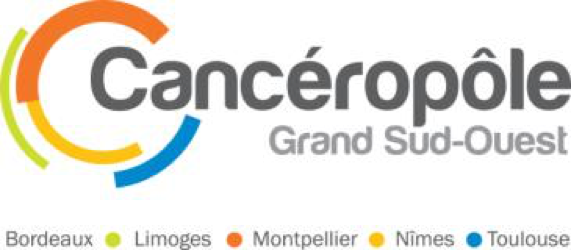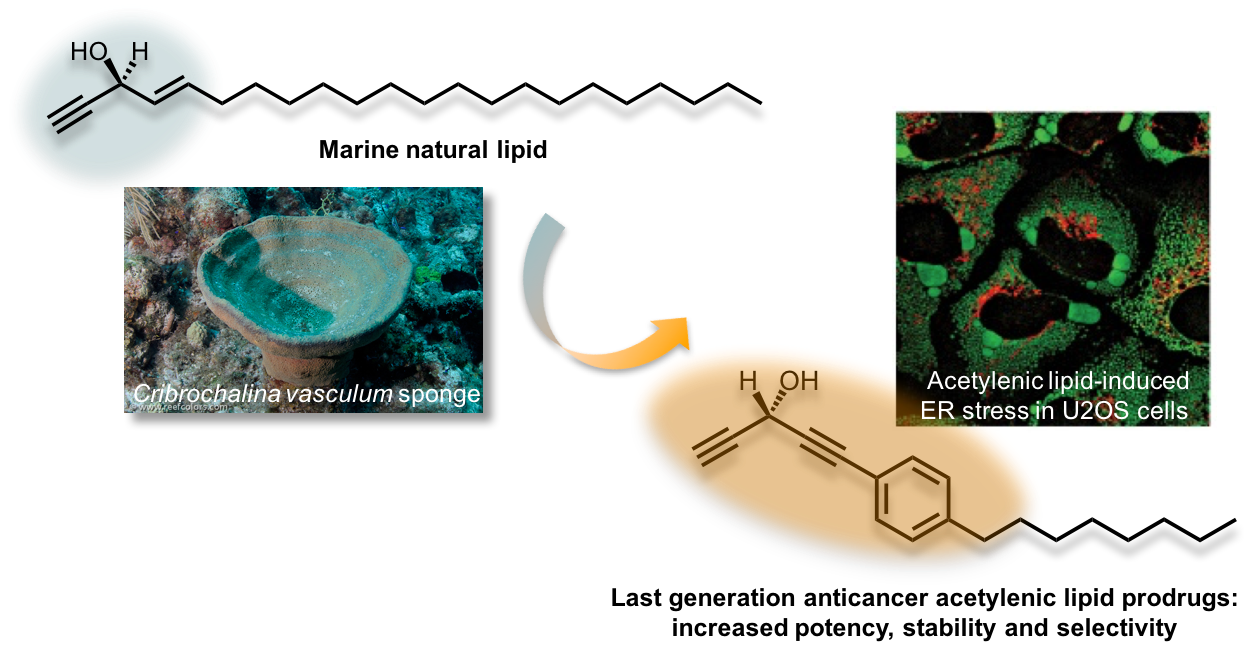Collaborations
- Pr. R. Chauvin/Dr. V. Maraval/Pr. V. Bernardes-Génisson (LCC, Toulouse)
- Dr. S. Britton (IPBS, Toulouse)
- Dr. L. Mourey/Pr. L. Maveyraud (IPBS, Toulouse)
- Dr. J.-E. Sarry (CRCT, Toulouse)
- Dr. H. Marrakchi (IPBS, Toulouse)
- Pr. M. C. F. de Oliveira (Fortaleza, Brésil)
Supports
- SATT Toulouse Tech Transfer
- Ligue Régionale contre le Cancer (coll. Dr. S. Britton, IPBS)
- Région Occitanie (coll. Dr. S. Britton, IPBS)
- Cancéropole GSO (coll. Dr. J.-E. Sarry, CRCT)
- ANR (coll. Dr. L. Mourey, IPBS)







